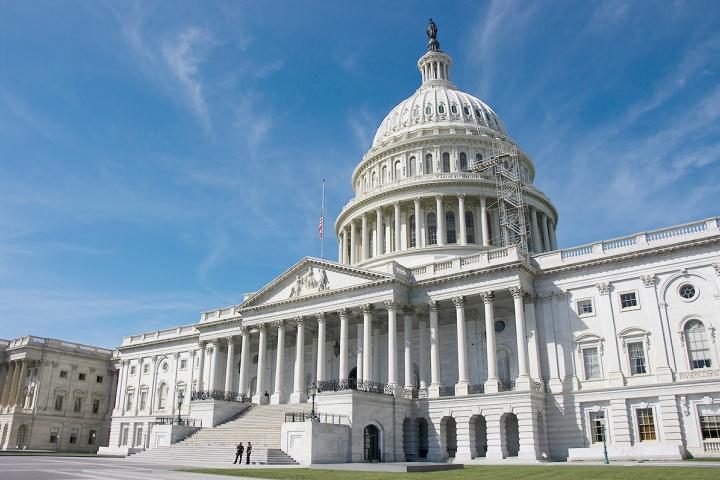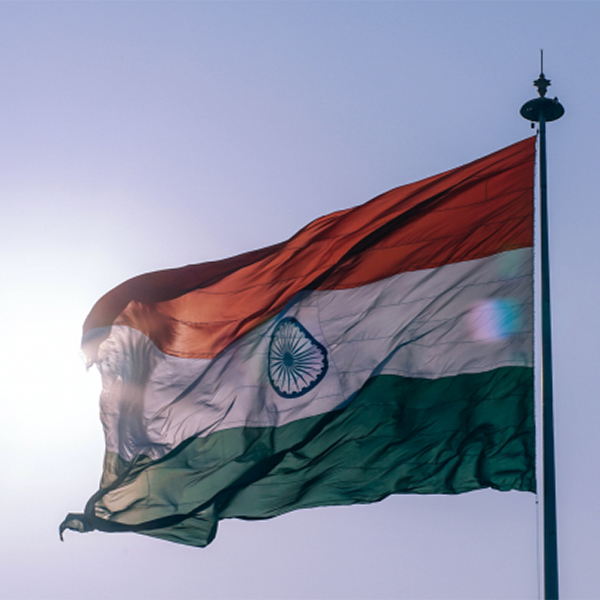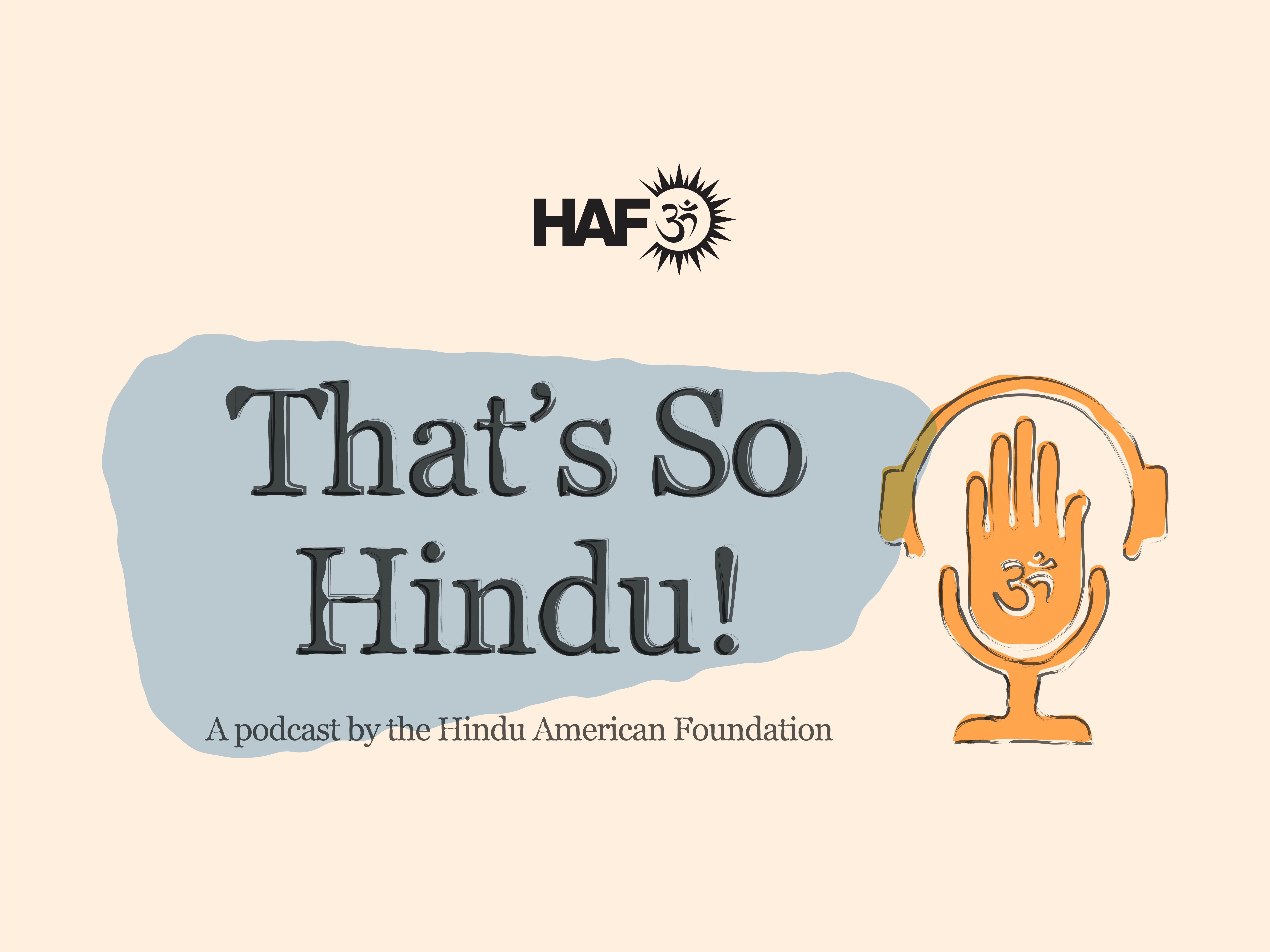
For many years, the complex social dynamics of caste in the Indian subcontinent has been the subject of activism and reform efforts.
Since the 19th century implementation of the census by the British in what is now modern-day India, Pakistan, Bangladesh and Nepal (and other countries such as Sri Lanka and Bhutan), the notion of caste has been one of the most widely misunderstood and misinterpreted concepts within the subcontinent and in the West. Especially problematic was the notion of untouchability and the role of those called Dalits, Harijans or Scheduled Castes.
Last Friday, Delegate Eleanor Holmes Norton (D-D.C.) introduced a resolution “Condemning Dalit untouchability” and “the practice of birth-descent discrimination against Dalit people.” The resolution is a follow up to her involvement several months ago with a Dalit empathy event co-organized by the Dalit Freedom Network, an Evangelical organization that has worked closely with the controversial Joshua Project — an initiative to try to convert non-Christians throughout the world.
While Holmes Norton’s efforts to highlight oppression are admirable, the resolution is couched in outdated views of how most South Asians living in that part of the world conceptualize caste. In fact, historians such as Valerie Hansen and Kenneth Curtis suggest that “most outside observers tend to exaggerate the rigidity of caste in modern India” and other parts of the subcontinent. In fact, many Indians — impacted by rapid urbanization and migration away from rural areas — don’t view caste as an essential part of their identity or a basis for social interaction.
The Dalit Freedom Network has tried to win over African-American lawmakers by comparing the condition of Dalits in countries such as India and Nepal with the oppression faced by Black South Africans during apartheid, which parallels comments made several years ago by Indian Prime Minister Manmohan Singh. Those comparisons, however sincere, are simply not accurate.
As the Hindu American Foundation noted several years ago in its exhaustive study, caste divisions in the Indian subcontinent have absolutely nothing to do with skin color, a specific religion, or even economic status. Many of our contemporary understandings of a purported caste system in the Indian subcontinent were derived from colonial era interpretations. Unfortunately, “caste-ism” is practiced by people of all faiths in the Indian subcontinent, despite both governmental bans on the practice and religious doctrines forbidding such prejudice. And while caste discrimination is abhorrent, scheduled castes have had equal votes and quotas for education and economic opportunities since independence of South Asian nations from British rule.
Holmes Norton’s resolution, while paying homage to Indian freedom fighter and caste activist B.D. Ambedkar, misunderstands his legacy. In fact, in correspondences with W.E.B. Du Bois, Ambedkar — who vigorously criticized Hinduism, Islam and Christianity for what he perceived to be their sanctioning of inequality — lamented a lack of opportunity for “Untouchables.” Interestingly enough, Ambedkar was also one of the most vocal opponents of the now debunked Aryan Invasion Theory, which was advanced by Orientalists to explain the development of ancient Indian civilization.
To be sure, Holmes Norton has embarked on a well-meaning attempt to highlight social injustices in other parts of the world. But comparing caste discrimination to Apartheid or Jim Crow both oversimplifies a long social history in the subcontinent and obscures the actual suffering of Black South Africans during the brutal years of white rule (or violent and systemic oppression of African Americans prior to the Civil Rights Act). Perhaps Holmes Norton can use the resolution to learn — as well as educate others — about the complexity of caste and other forms of social divisions across the world, just as pioneers such as Du Bois did in their interactions with Ambedkar.








































